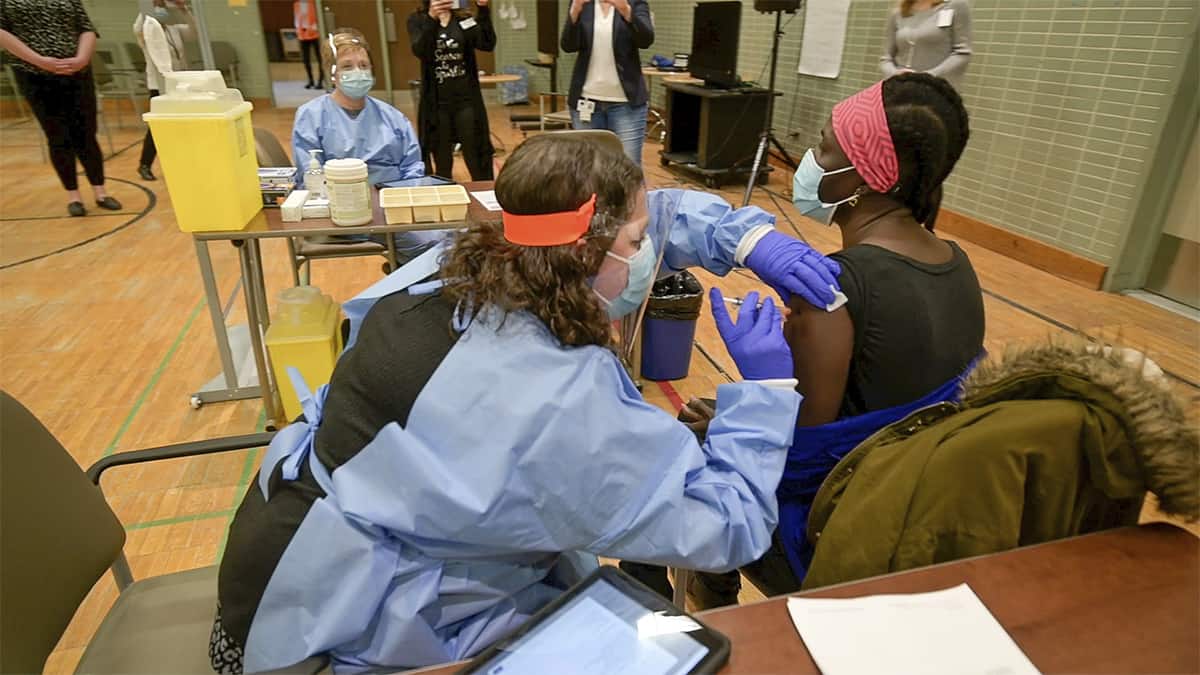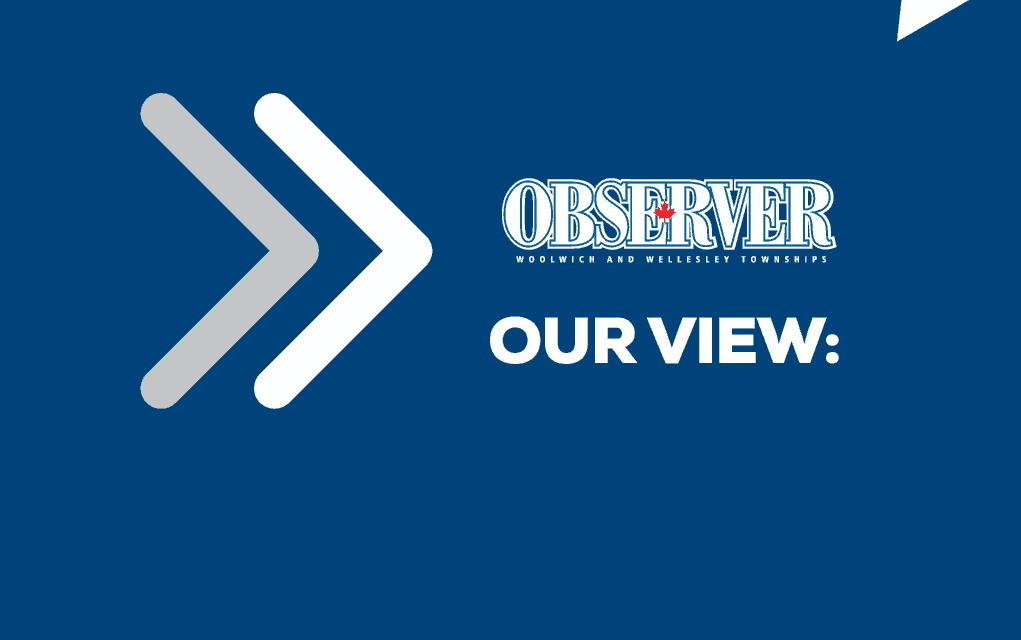With vaccine availability increasingly the focus of pandemic updates, the region has launched a web-based vaccine distribution summary providing the public with regular updates.
The online dashboard now includes information such as total doses administered, number of people fully vaccinated, per cent of population fully vaccinated, and the number of daily doses, including a seven-day rolling average.
At midweek, 25,174 doses of vaccine had been administered, and 11,582 people in the region had been fully vaccinated. The provincial target for successful immunization coverage is 75 per cent in each public health jurisdiction, though currently just two per cent have been fully vaccinated in the region, meaning a total of 421,500 residents will have to receive full immunization to meet the provincial goal.
Shirley Hilton, head of the region’s vaccine distribution task force, says the goal remains 10,000 vaccinations a day.
In the weekly briefing held February 12, she noted the region’s plan calls for a wider rollout at clinics as supplies allow.
“Work is underway to ensure that when we do have steady, transportable vaccine, that we are able to provide 10,000 doses a day.”
The region plans to vaccinate residents in three phases, starting with high-risk hospital staff and other healthcare workers and seniors in care facilities. Eventually, all high-risk adults will be included in phase 1, which remains ongoing.
Phase 2 will expand distribution to include older adults, starting with those over 80 and then working down from there as supplies permit. It will also cover frontline essential workers and the like. The goal is to begin those vaccinations in March.
Phase 3 would inoculate the remaining eligible population, some 120,000 residents, as early as August.
To get to that stage, the region will need greater supplies, and doses from other manufacturers, as thus far all instances in Waterloo Region have been the vaccine from Pfizer-BioNTech, said Hilton.
“This is really vaccine dependent. If we continue with a Pfizer-only model, these numbers are not achievable. However, we are obviously optimistic that there will be, through this plan, other vaccines that are approved and/or we also see Moderna. So, I will always add that caveat, this plan is not looking at a single vaccine such as we have right now,” she said.
“These are estimated dates based on the original placement of the province, but our plan… will continue to evolve based on vaccine – the availability of vaccine, the type of vaccine and the amount of vaccine that we do receive within the region.”
Wellington-Dufferin-Guelph Public Health this week announced it too has a goal of 10,000 vaccinations a day once supplies are available.
Medical officer of health Dr. Nicola Mercer says the mass immunization will be an “all-hands-on-deck” approach to make the plan a reality.









